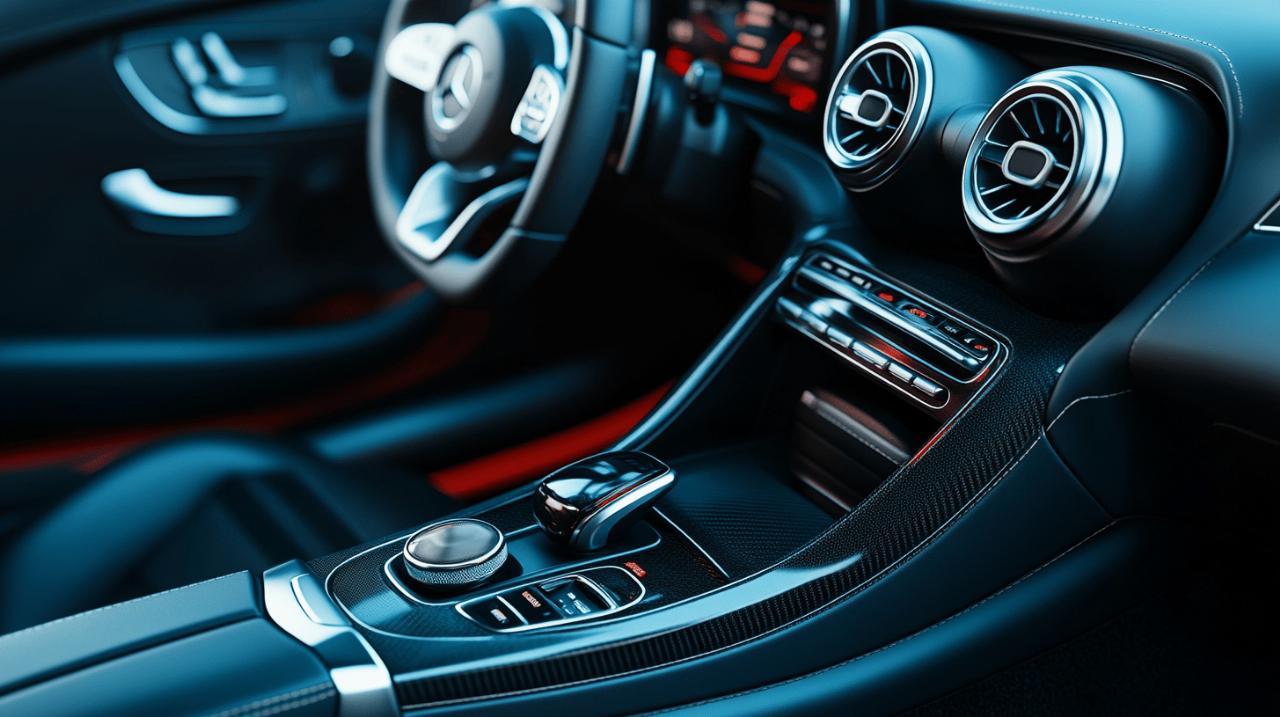When your car starts behaving oddly during gear changes, you might be facing clutch issues. This vital component that connects your engine to the gearbox requires attention when problems arise. Understanding how to identify and address these issues can save you time, money, and potential roadside frustration. Let's explore the world of clutch problems and how to tackle them effectively.
Diagnosing clutch malfunctions
Proper diagnosis is the first step toward resolving any clutch problem. As AutoRegional 09 experts have noted in their automotive troubleshooting guides, early detection of clutch issues can prevent more serious damage to your vehicle's transmission system. The diagnostic process begins with recognizing the symptoms that indicate something might be wrong with your clutch mechanism.
Tell-tale Signs of Clutch Wear and Tear
Several indicators suggest your clutch might be failing. A spongy pedal that feels soft or lacks resistance when pressed is a common warning sign. This could indicate air in the hydraulic system or low clutch fluid levels due to leaks. Another clear symptom is a sticking clutch that doesn't return to its original position promptly, making it unsafe to continue driving.
If you notice your engine revving higher than normal without a corresponding increase in speed, you're likely experiencing clutch slippage. This happens when the friction plate can no longer grip the flywheel effectively, often due to worn clutch components. Difficulty changing gears, particularly if accompanied by grinding noises, suggests the clutch isn't fully disengaging when you press the pedal.
Unusual sounds provide further clues to clutch health. A squeaking noise when pressing the pedal might indicate inadequate lubrication, while a whining or scraping sound could point to throwout bearing problems. This bearing typically makes noise only when the clutch pedal is depressed and remains silent when engaged. Additionally, vibrations or juddering sensations during clutch engagement often indicate worn parts or misalignment issues.
Using diagnostic tools for clutch assessment
While many clutch problems can be identified through careful observation, modern diagnostic tools offer more precise insights. The Memoscan u480, reviewed extensively by automotive specialists, provides a comprehensive analysis of vehicle systems including transmission issues related to clutch function. This portable device connects to your vehicle's onboard computer and can identify electronic faults affecting clutch performance.
For hydraulic clutch systems, pressure testing equipment helps identify leaks or failures in master and slave cylinders. These tools measure the hydraulic pressure throughout the system, pinpointing where pressure drops occur. Visual inspection tools like borescopes allow mechanics to examine clutch components without completely disassembling the transmission, saving valuable diagnostic time.
Many professional garages use dynamometers to test clutch slippage under varying load conditions. This equipment measures power transfer efficiency and can detect subtle clutch issues before they become severe enough to cause noticeable symptoms during normal driving. For those without access to specialized tools, the clutch engagement point provides valuable diagnostic information. A clutch that engages very high in the pedal travel typically indicates significant wear to the friction plate.
Common clutch faults and their causes
Understanding the root causes of clutch problems helps both in prevention and effective repair. While some issues stem from normal wear over time, others result from specific mechanical failures or driving habits. Identifying exactly what's gone wrong is crucial for appropriate remedial action.
Mechanical failures in clutch systems
The most frequent mechanical issue is a worn clutch plate, which typically occurs after 80,000 miles of normal use but can happen much sooner with aggressive driving habits. When this friction material wears down, the clutch begins to slip under load. You'll notice the engine revving higher without corresponding acceleration, particularly when climbing hills or accelerating rapidly.
Throwout bearing failure represents another common mechanical problem. This component allows the pressure plate to release when you press the clutch pedal. When it begins to fail, you'll typically hear a rumbling or whining noise that occurs only when the clutch pedal is depressed. If left unaddressed, this can lead to complete clutch failure and significantly more expensive repairs.
Hydraulic system issues frequently affect modern vehicles. The master cylinder, which converts pedal movement into hydraulic pressure, can develop internal leaks resulting in a spongy pedal feel or complete loss of clutch function. Similarly, slave cylinder failures prevent proper disengagement of the clutch mechanism. Fluid leaks in the hydraulic lines connecting these components cause gradually deteriorating clutch performance as fluid levels drop.
Dual Mass Flywheel (DMF) problems have become increasingly common in modern vehicles. This component absorbs engine vibrations but can wear out or crack over time. A faulty DMF typically produces rattling noises at idle that disappear when the clutch pedal is pressed. Replacement costs for this component can be substantial, sometimes approaching the price of a complete clutch replacement.
Environmental factors affecting clutch performance
Driving conditions significantly impact clutch longevity. Heavy traffic situations that require frequent clutch engagement and disengagement accelerate wear on all components. This stop-start driving is particularly hard on the friction plate and throwout bearing. Similarly, vehicles regularly used for towing or carrying heavy loads experience increased stress on the entire clutch assembly.
Temperature extremes also affect clutch performance. Overheating due to excessive slippage can glaze the friction surfaces, reducing their ability to grip effectively. This often results from riding the clutch or holding the vehicle on an incline using partial clutch engagement rather than the handbrake. Once glazed, these surfaces cannot be restored without replacement.
Moisture and road contaminants can infiltrate clutch housings, especially in vehicles frequently driven in harsh conditions. Water intrusion can cause rust on metal components, while dirt and debris accelerate wear on moving parts. Proper seals and regular maintenance help mitigate these environmental challenges.
Finally, driving technique plays a crucial role in clutch health. Resting your foot on the clutch pedal while driving causes partial disengagement and premature wear. Similarly, using the clutch to hold a vehicle stationary on an incline rather than the handbrake significantly reduces component lifespan. Aggressive gear changes, particularly downshifting at high RPMs, place additional stress on the clutch assembly. Adopting smoother driving habits can extend clutch life considerably, potentially saving hundreds of pounds in repair costs.



